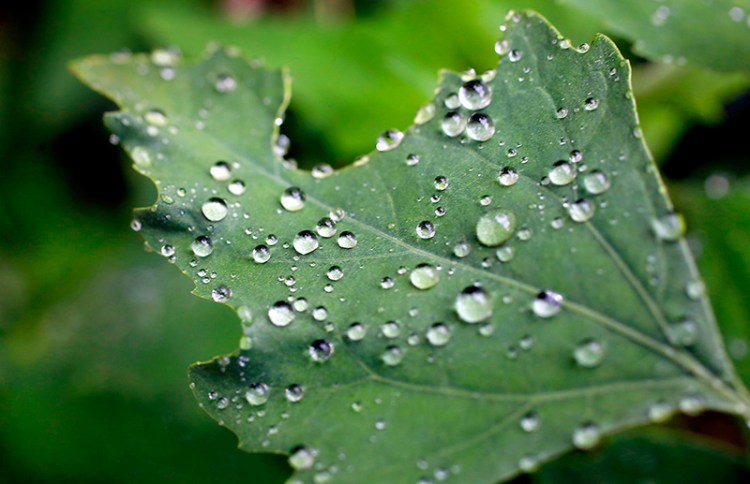With all its fits and starts – unexpected April snows and fierce Nor’easters, spring has finally sprung. For southerly locales, the March equinox may herald the season’s arrival. But here, at least this year, Mother’s Day seems a more appropriate time to celebrate the long-awaited return of blossoms and buds.
In my mother’s yard, the collage of blooms in trees, shrubs and flower beds creates an impressionistic effect, as if spring rains had dropped gold, violet and pink confetti in place of water. An assortment of birds frequent a towering hedgerow, finding nesting sites amid intertwined shrubs that my mother – an inveterate gardener – nurtured from spindly shoots.
The only celebration of “her” day my mother ever has ever wanted is to wander her yard, delighting in the emerging greenery and the return of feathered friends. It’s a routine not reserved for holidays or springtime, but one she maintains consistently.
A cousin stopped by to visit my mother last summer, not having seen her in a decade or more, and wrote me afterward noting “when we drove up, there she was (outside), clippers in hand as usual!”
My mother’s neighbors, many of whom favor manicured lawns and sheared bushes, may suspect that her shrubbery has never encountered clippers or her grass a reliable mower. Rather than adhering to yard-care conventions, she lets patches of daisies stand mid-lawn and allows meadow to overtake areas frequented by resident toads and groundhogs. She finds these animals, homely or voracious though they may be, engaging actors in the lively drama of backyard life.
Gardening for her is less about management than meditation, a means to attend to nature’s cycles and everyday miracles. Rachel Carson gave us a term for this capacity, writing about “The Sense of Wonder” in an article published posthumously as a book. No child, she affirmed, lacks “that clear-eyed vision, that true instinct for what is beautiful and awe-inspiring.” But a sense of wonder can be lost by adulthood, eroded by the stresses and strains of the workaday world (and, increasingly, the confines of virtual realities).
Carson saw a sense of wonder as an invaluable inner resource, one capable of sustaining joie de vivre. It serves, she wrote, as “an unfailing antidote against the boredom and disenchantment of later years, the sterile preoccupation with things that are artificial, the alienation from the sources of our strength.”
My mother is blessed with an enduring sense of wonder that animates her days and helps compensate for the inevitable hardships of old age. Through the simple act of attention, she finds even in “bad” weather glimpses of grace. If a glaze of ice descends in the night, her focus turns to the way that frozen sheen glistens gold in the long light of a winter sunrise. During a lashing rainstorm, she admires the rivulets pouring down the windowpane, recalling the A. A. Milne poem about two raindrops caught in a neck and neck race.
I sometimes miss noticing the beauty in such moments because I’m operating on auto-pilot, looking – as Carson writes – “with such unseeing eyes… (as to be) partially blind.” My mother will ask if I’ve noticed the pussy willow buds opening or the slender crescent moon, and I’ll admit, ruefully, that I wasn’t paying attention. When I’m multi-tasking my way through overpacked days, the natural world can all too easily become an unnoticed backdrop.
This habitual blindness seldom afflicts my mother. Even as old age has slowed her step and dampened her ability to hear bird songs, she remains captivated by the ever-changing surf, the constellations that grace the fathomless sky, and the devotion of parent wrens feeding their hungry brood.
Through decades of attentiveness to the myriad lives about her, my mother has found – as Carson wrote – that “those who contemplate the beauty of the earth find reserves of strength that will endure as long as life lasts. There is symbolic as well as actual beauty in the migration of the birds, the ebb and flow of the tides, the folded bud ready for spring. There is something infinitely healing in the repeated refrains of nature – the assurance that dawn comes after night, and spring after the winter.”
As winter gives way – finally – to spring, and we celebrate Mother’s Day, I think of how well my mother fulfilled Rachel Carson’s counsel to parents. For children to sustain their “inborn sense of wonder,” Carson wrote, they need the companionship of an adult willing to join with them in “rediscovering… the joy, excitement and mystery of the world we live in.” I am grateful to my mother for being that companion, encouraging me to pay close attention and to honor beauty. From her, I have learned that a sense of wonder is meant to be shared.
MARINA SCHAUFFLER provides research, writing, and editing services to nonprofit and social enterprise organizations through Natural Choices (www.naturalchoices.com).
Send questions/comments to the editors.



Comments are no longer available on this story